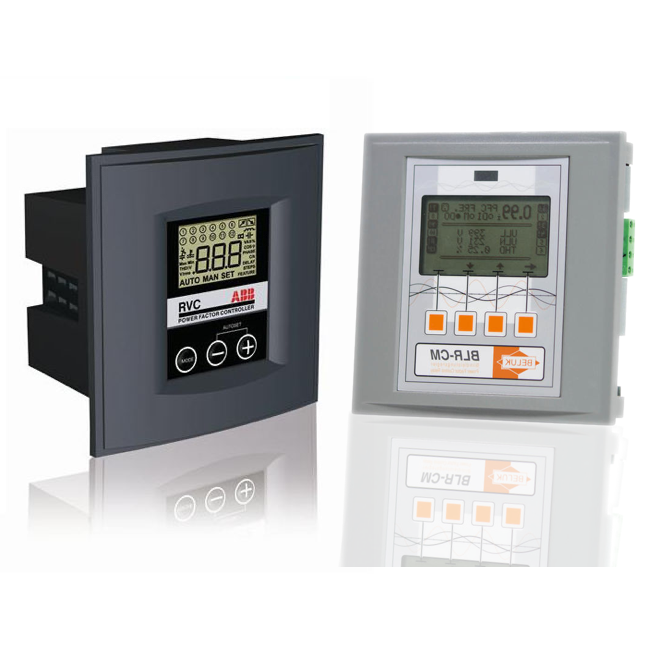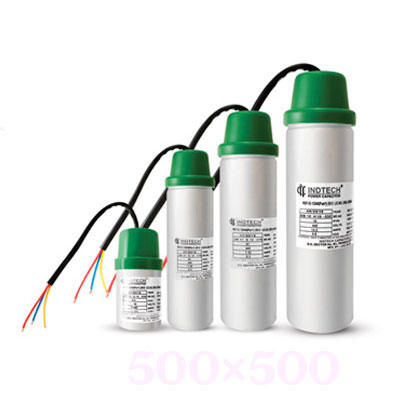APFC Relay

APFC Relay
Introduction:
Welcome to our comprehensive guide on Automatic Power Factor Correction (APFC) controllers. At the heart of efficient power management lies the APFC controller—a vital component in optimizing energy consumption and enhancing system performance. In this overview, we’ll delve into the importance of APFC controllers, highlighting their key features, sensitivity, types, and technical details to empower you with knowledge on improving power quality and efficiency.
Importance of APFC Controllers:
APFC controllers play a pivotal role in maintaining a near-unity power factor, ensuring that electrical systems operate at peak efficiency. By automatically adjusting the reactive power output of capacitors in response to varying load conditions, APFC controllers mitigate the effects of lagging power factors. This results in reduced energy losses, enhanced system capacity, improved voltage regulation, and minimized utility penalties—translating into significant cost savings and environmental benefits.
Key Features and Sensitivity:
– Advanced algorithms for real-time power factor correction
– High precision and reliability in reactive power compensation
– Adaptive response to dynamic load variations
– User-friendly interface for easy monitoring and control
– Overload and overvoltage protection for equipment safety
Types of APFC Controllers:
1. Conventional Relay-Based Controllers:
Utilize electromechanical relays for capacitor switching. Suitable for smaller installations with moderate load fluctuations.
2. Microprocessor-Based Controllers:
Employ advanced digital signal processing techniques for precise power factor correction. Ideal for medium to large-scale applications with dynamic load profiles.
3. Thyristor-Switched Controllers:
Integrate thyristor-based switching modules to enable fast and accurate reactive power compensation. Suited for high-speed correction in industrial environments with harmonic distortion.
Contactor-Based Switching:
In contactor-based APFC controllers, electromechanical contactors are utilized to connect and disconnect capacitors from the electrical system. These controllers offer simplicity, reliability, and cost-effectiveness, making them suitable for basic power factor correction requirements.
Thyristor-Based Switching:
Thyristor-based APFC controllers utilize semiconductor devices to achieve fast and precise switching of capacitors. By employing thyristors, these controllers offer improved efficiency, reduced wear and tear, and enhanced response to dynamic load changes. They are particularly effective in mitigating harmonic distortion and ensuring stable power quality in industrial settings.
In conclusion, APFC controllers represent a cornerstone in modern power management strategies, offering unparalleled efficiency, reliability, and versatility in maintaining optimal power factor levels. Whether it’s through conventional relay-based systems or cutting-edge thyristor-switched solutions, integrating APFC controllers is essential for unlocking substantial energy savings and maximizing the performance of electrical systems.

CLMD Capacitors

APP Capacitors




